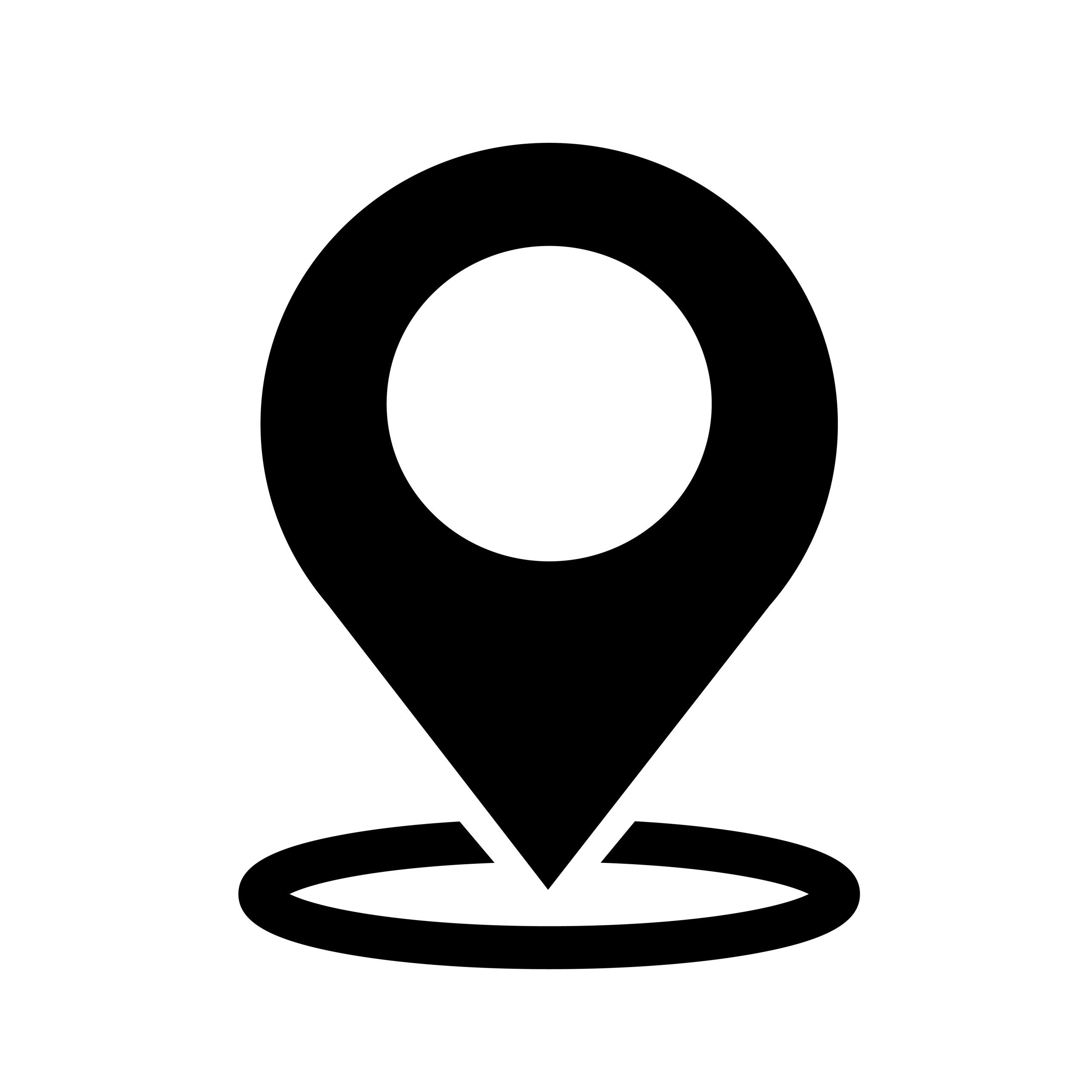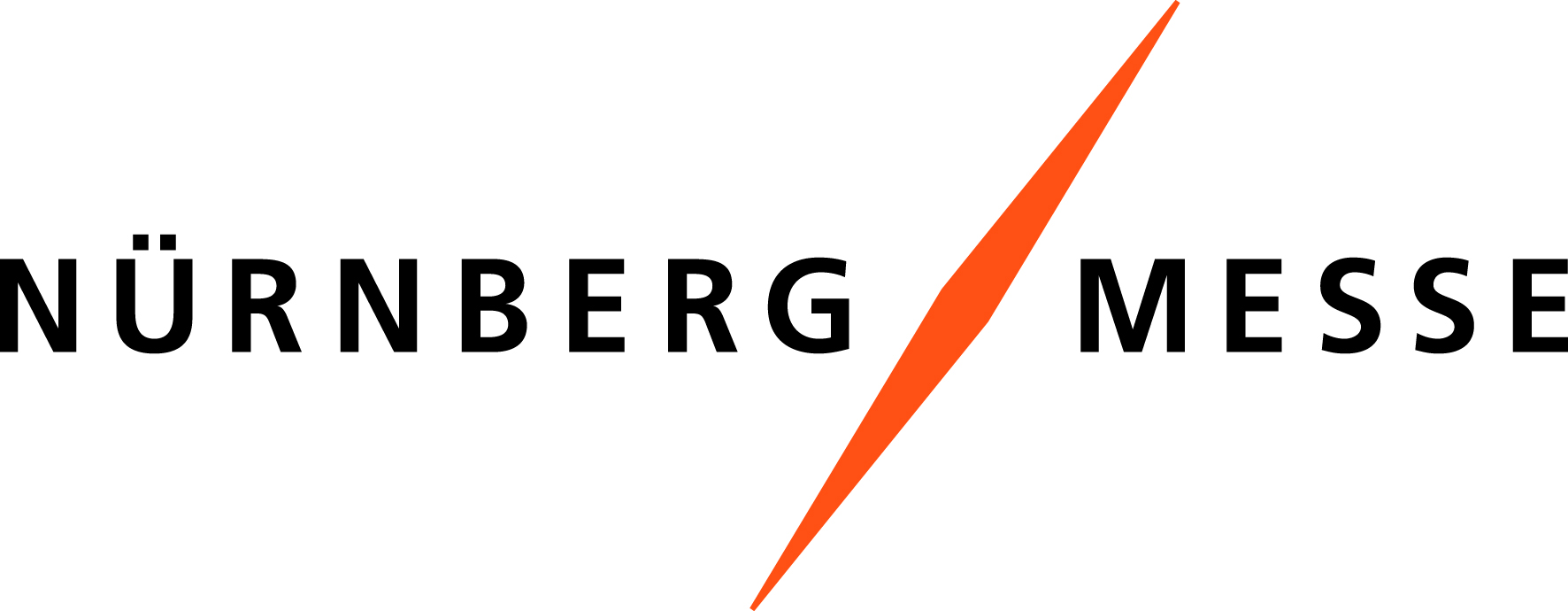
 Via San Tommaso, 10
Via San Tommaso, 10 Blue Electronic is an Italian company that operates in the design and electronic production giving support to companies in their products. With a CID IPC certified technical/design department and a production with an SMD line for fast sampling (within 10 days of order), pre-series and small productions, Blue Electronic has developed over the years products on various sectors.
Organized by

Sponsored by

Hosted by

© 2024 NürnbergMesse Italia Srl | Focus on PCB